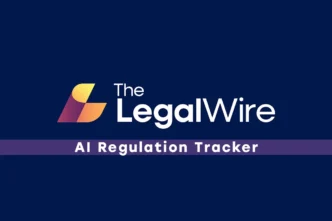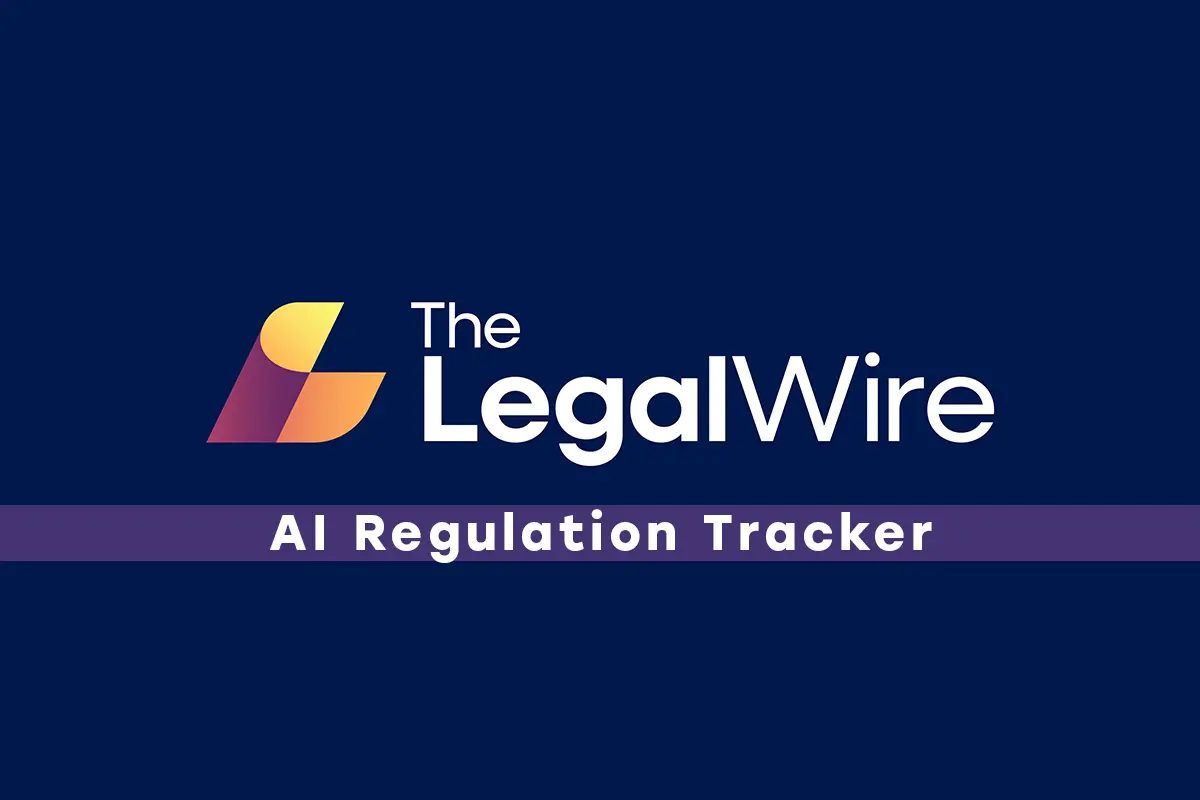The European Commission has released guidelines on the scope of the obligations for providers of general-purpose AI models laid down in the EU AI Act, in light of their imminent entry into application on 2 August 2025. This is a key piece of administrative guidance, setting out the legal interpretation of provisions for which the Commission will be the sole enforcer. Notable points as follows: (1) The compute threshold for what qualifies as a GPAI model was increased from 10^{22} to 10^{23} floating-point operations per second (FLOPs), which for the Commission reflects the amount of compute that is typically required to train models with 1 billion parameters. In addition, the model must be able to produce text, audio, images or videos; (2) For downstream modifications, the threshold was set at one third of the computational resources used to train the original model. The Commission clarified that, if this threshold is passed, it will be considered as if a new model will be placed on the market, and the downstream modifier will have to comply with the AI Act immediately as the grandfathering clause will not apply; (3) The guidelines explain how the open source exemption will be applied, including a series of practices that would not be deemed acceptable such as placing restrictions on usage, requiring additional licensing or restraining the public availability of parameters, including the model’s weights; and (4) an important clarification on the grandfathering clause for models already on the EU market that will have until August 2027 to comply with the AI Act. In these cases, providers are not expected to “conduct retraining or unlearning of models, where it is not possible to do this for actions performed in the past, where some of the information about the training data is not available, or where its retrieval would cause the provider disproportionate burden.”
Click here for the official article/release
Disclaimer
The Legal Wire takes all necessary precautions to ensure that the materials, information, and documents on its website, including but not limited to articles, newsletters, reports, and blogs (“Materials”), are accurate and complete. Nevertheless, these Materials are intended solely for general informational purposes and do not constitute legal advice. They may not necessarily reflect the current laws or regulations. The Materials should not be interpreted as legal advice on any specific matter. Furthermore, the content and interpretation of the Materials and the laws discussed within are subject to change.






